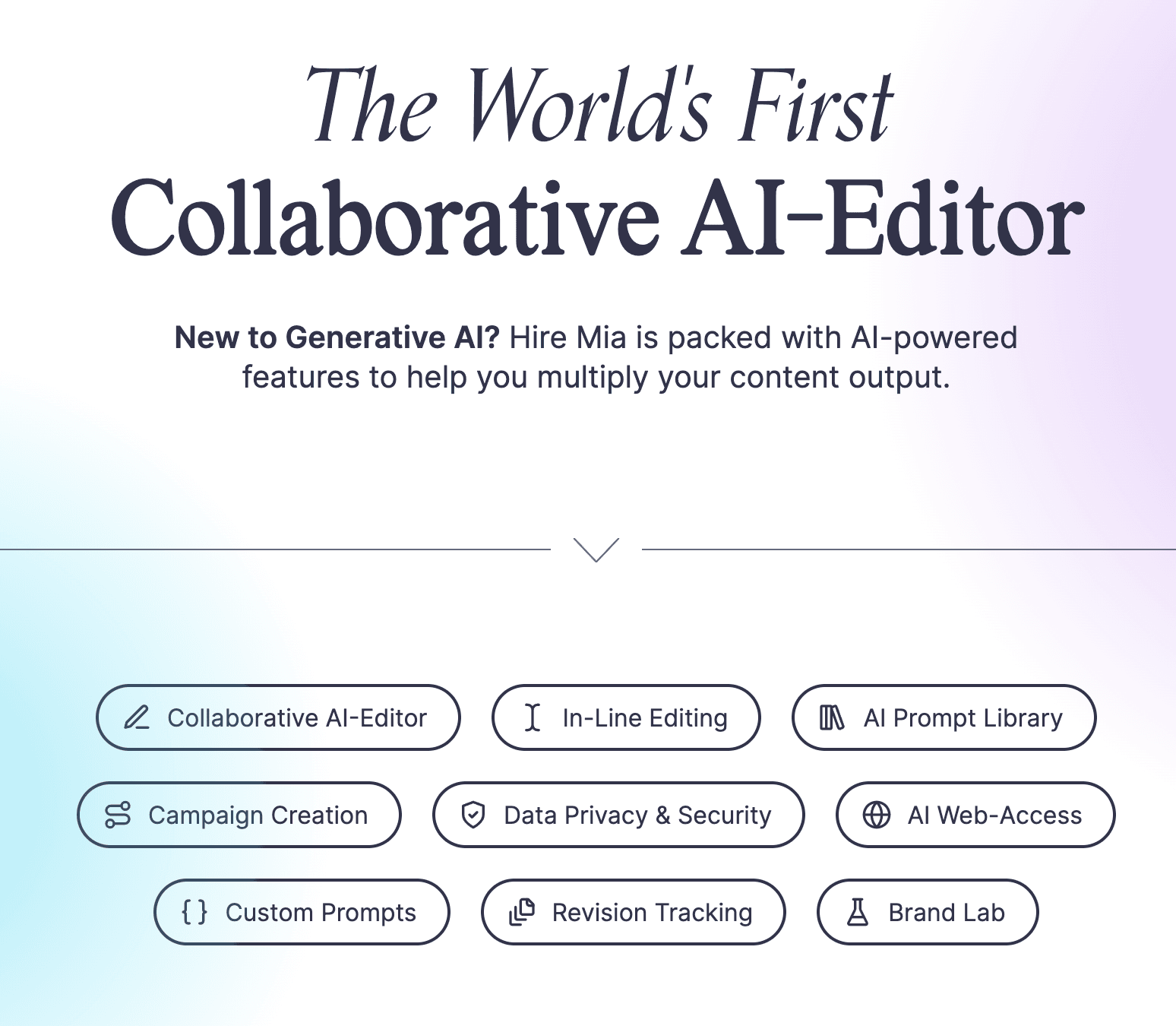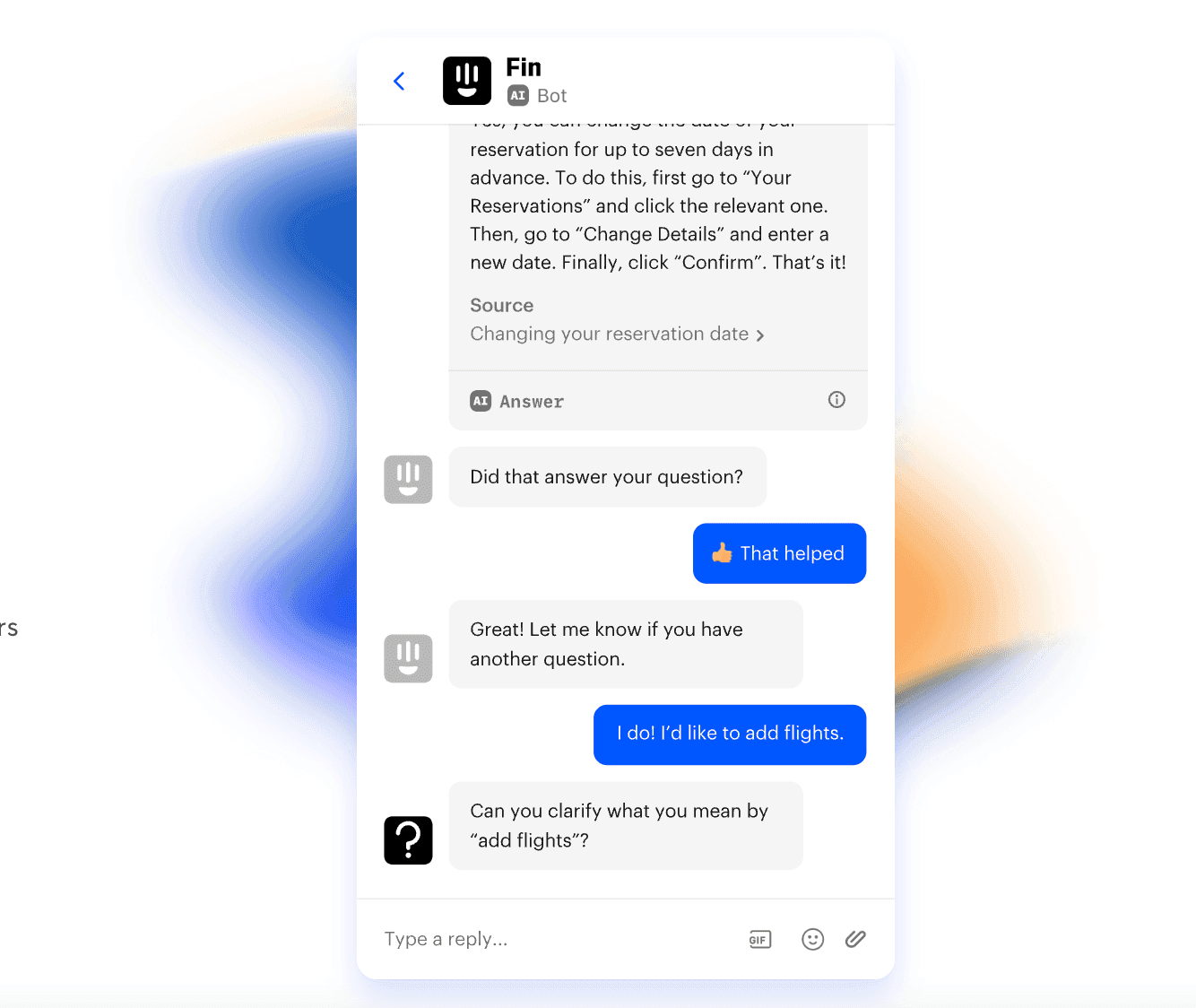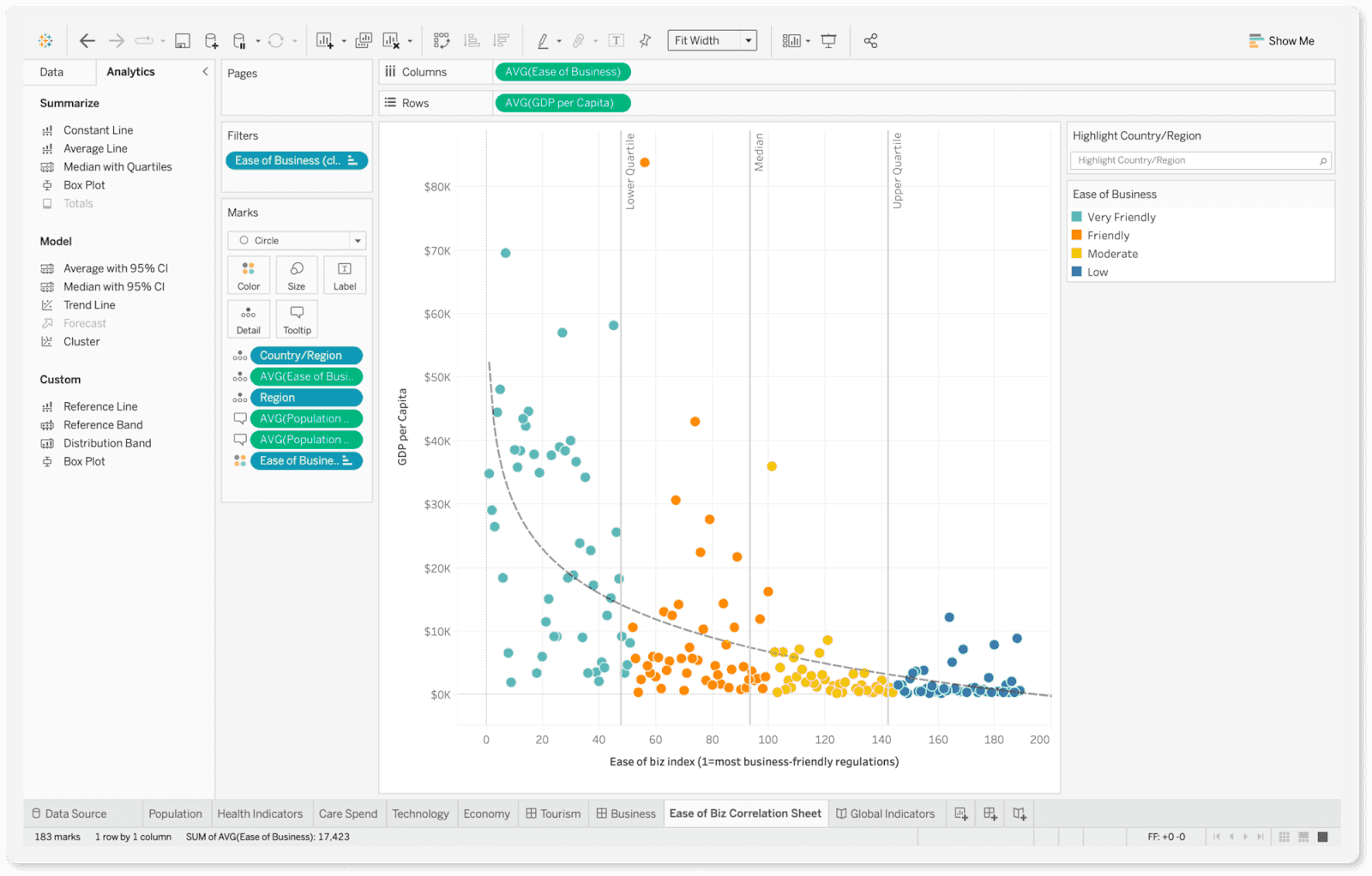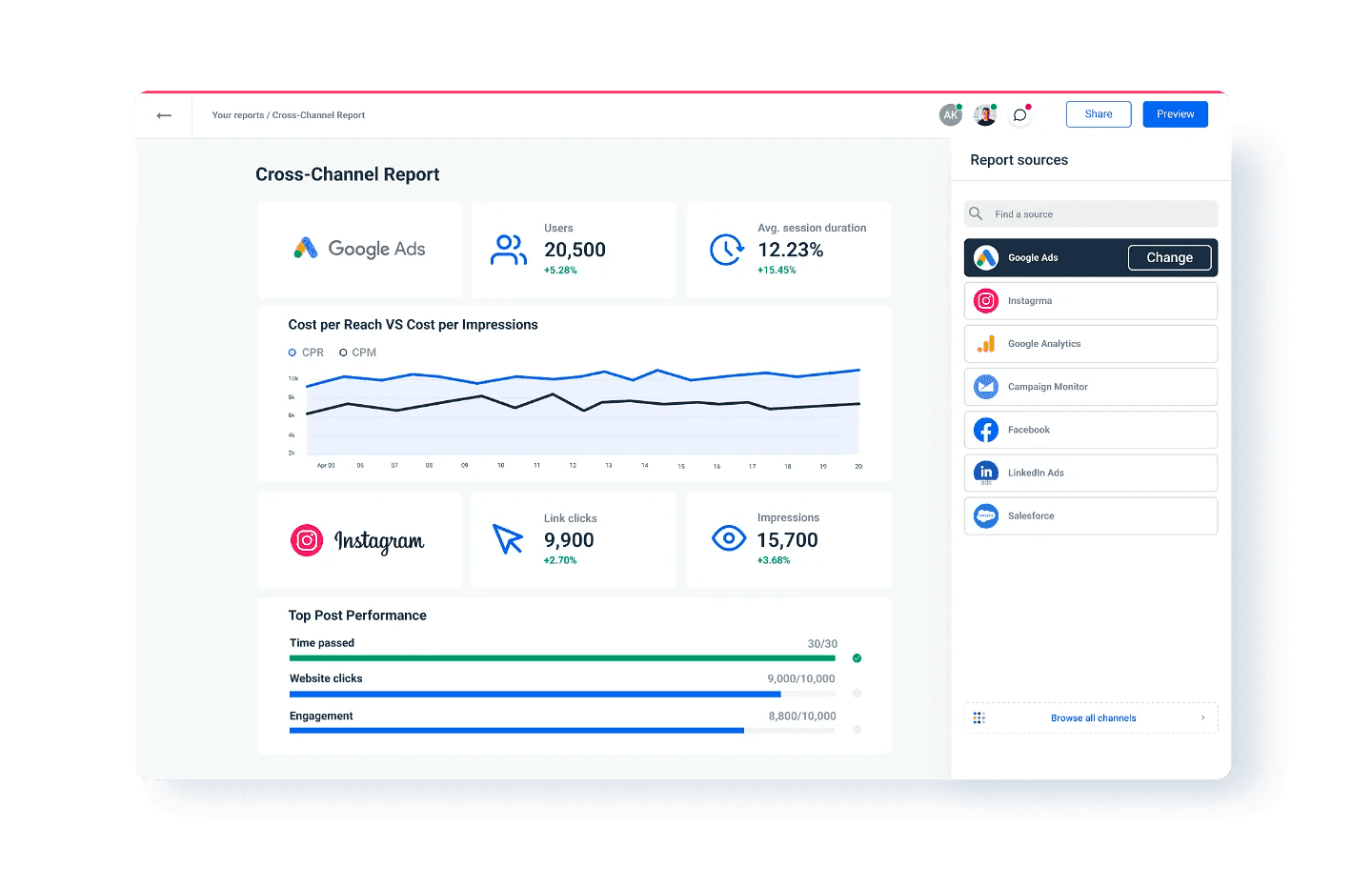AI marketing automation might be the biggest “buzz phrase” of the year.
But its potential means it’s more than just the latest novelty. It’s actually changing the way brands connect and interact with their customers to provide elite experiences at a fraction of the cost.
What Is AI Marketing Automation?
AI Marketing Automation
AI marketing automation uses clever artificial intelligence (AI) algorithms to analyze, automate, and optimize key marketing activities.
Even the smallest marketing teams can dramatically improve their results and bottom line by automating tedious, repetitive tasks.
Recommended Reading: How To Use AI For SEO: A Comprehensive Guide
Benefits Of AI Marketing Automation
AI is still in its infancy despite already making tremendous progress. To help illustrate the potential, here are some key benefits of using it to automate your marketing activities.
Cost Efficiency
The costs start adding up when you invest in every marketing tactic.
SEO, content marketing, paid ads, PPC, and influencer marketing all come with a price tag which can be prohibitive if you’re a small brand trying to make it big.
But it’s not just these tasks that are costly; it’s the little details, too—ensuring you have enough customer service staff to respond to customers and paying an SEO pro to dig into your latest analytics all cost money.
Automating smaller marketing tasks means you’re not paying staff to do the tedious tasks but are instead freeing up their time to focus on more strategic objectives.
When implementing AI, 43.46% report significant cost savings, attributing reduced overhead to AI’s automation and data processing features.
Personalization
People love to feel special.
Research shows 71% of consumers expect brands to provide personalized experiences and interactions. Fail to do this, and you could be losing out on customers.
But manually personalizing every single customer interaction is tedious and totally unrealistic if you want time to do anything else. AI can analyze past data and behaviors to serve tailored messages to each customer at scale—all behind the scenes.
Predictive Analysis
Keeping up with a fast-paced industry is near-on impossible if you’re trying to anticipate trends while also doing the brunt of the work. AI analyzes customer behavior, examines the broader market, and identifies future trends through powerful algorithms.
You can use this information to optimize your marketing efforts—like knowing exactly when to launch your new product.
Recommended Reading: Generative AI Examples
ROI Optimization
Accenture research revealed that brands that use AI in marketing see an average increase in ROI of up to 30%.
This is because AI is a trusty sidekick for identifying growth opportunities, optimizing ad spend, and improving the entire customer experience.
Time Effectiveness
Repetitive marketing tasks can be a huge time-suck.
If your team has to go back into your CRM to send individual welcome emails to new subscribers, they won’t be able to commit time to tasks that feed into the bigger picture.
According to our recent survey, marketers reported saving an average of more than five hours per week through the use of AI.
AI marketing automation takes over the tedious tasks, so your team can dedicate their time to high-value activities, like content creation and nurturing customer relationships.
Ways To Use AI In Marketing Automation
AI has totally revolutionized how we run campaigns, monitor insights, and engage with customers. Here are some use cases you can put into action ASAP.
Customer Service & Communication
There’s a good chance you’ll see a pattern of commonly asked questions in your customer service tickets.
Imagine the time it takes your support team to manually answer repetitive questions. Instead of forcing your service staff to relive groundhog day with every ticket, you can use AI to automate responses to FAQs, proactively answer customer questions, and direct prospects to the right content at the right time.
AI automation tools like Intercom let you automate support ticket replies, generate personalized responses in real-time, and summarize conversations for agents. This not only reduces the number of support staff you need but also helps you free up agent time, which can be better spent on more complex customer queries and relationship-building activities.
Predictive Analysis
Predictive analytics provides insight into the future.
Use AI to analyze previous browsing and purchasing behavior to identify patterns and optimize your sales funnel. This can help segment customers by automatically grouping them into relevant cohorts depending on their key interests and actions to deliver personalized recommendations and automate A/B testing campaigns to find out what content converts the best.
You can see this in action in Amazon’s personalized product recommendations. The marketplace uses predictive analytics to unlock customers’ previous purchasing data to serve relevant recommendations via the “you might also like” widget.
There’s a wealth of predictive analytics tools on the market, including SAP Analytics Cloud, IBM Watson, and Tableau, which brings complex insights to life through a visual dashboard and AI-prompted suggestions. This promotes better, data-driven decisions.
Channel Optimization
It can often feel like you need to be present on every single platform all of the time.
But using AI marketing automation can highlight your best-performing channels so you can spend more time where it matters.
As a result, you’ll end up with better-performing campaigns on the channels where your audience is actually hanging out.
Tools like Whatagraph automatically track, measure, and analyze the performance of your marketing campaigns across different channels. You can pull the information into visual reports and unlock a cross-channel dashboard for easing viewing.
Scheduling
Remembering to send out social posts at the right time on the right day is unrealistic at the best of times and can be a total headache.

With a tool like Coschedule’s Marketing Calendar, you can automatically share your best social posts on autopilot. Simply plug in your social content once and add them to ReQueue. The algorithm will automatically identify the best times to post on each network and send your messages out when they’ll get the highest impact.
Don’t forget about the collaborative marketing intelligence assistant, MIA. Enhance your content output through in-line editing, campaign creation, and revision tracking, plus plenty more use cases.

See how you can increase engagement, generate new leads, and speed up efficiency with MIA.
Things To Remember With AI Marketing Automation
Before you get started, it’s worth taking stock of what you want to achieve with AI marketing automation. Here are some key considerations to make before you begin.
Include Humanity
While AI marketing automation is great for taking those tedious tasks off your plate, it can’t replace the human connection you have with your customers. People want relationships with real people, not robots, so make sure you infuse your marketing efforts with human relatability.
Here are some key ways to do that:
- Remain relevant
- Understand current frustrations and challenges
- Stand up for what you believe in
- Be specific
- Don’t forget empathy
Sure, you can (and should) automate your messages, but make sure the content of your messages is relatable and human.
Recommended: Humanizer
Be Proactive About Customer & Team Member Hesitation
Getting your customers and team onboard with AI can be a learning curve.
There’s so much negative press about AI and ChatGPT that it’s no wonder many people are hesitant to invest their time and energy into it.
Reach out to key stakeholders before they raise objections.
Highlight the benefits of using AI in marketing automation by showing how it will save time, improve the customer experience, and ultimately help them do their jobs better. It’s also a good idea to provide training on new tools or processes to help staff feel confident and at ease.
Monitor The Results
AI marketing automation is a process, just like any other. It’s essential to track your results to see what’s working and what’s not. The more you feed the AI algorithm with helpful content and analytics, the better it will get.
This isn’t a set-it-and-forget-it activity. Instead, closely monitor the performance of your automated campaigns, tweak them when necessary, and use the results to continue to improve your efforts.
Have A Backup Plan
Not everything goes to plan.
There’s no one-size-fits-all approach to using AI marketing automation in your business, so it’s important to have a backup plan in place.
This will provide a cushion for any fallout or challenges you come across. For example, we don’t recommend replacing your entire customer support team with AI until you’ve ironed out the creases and understand what works and what doesn’t.




